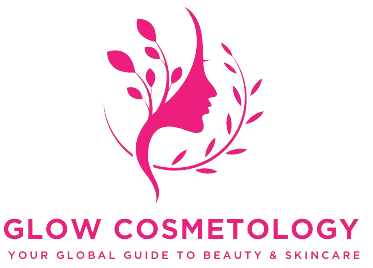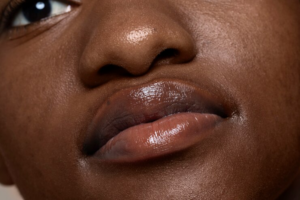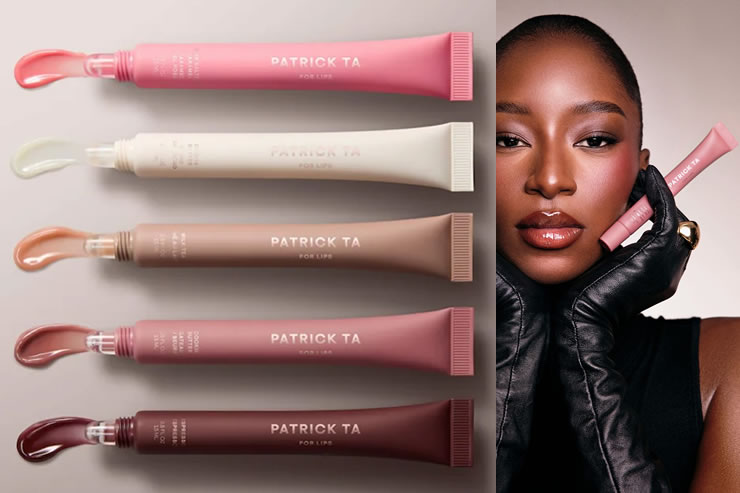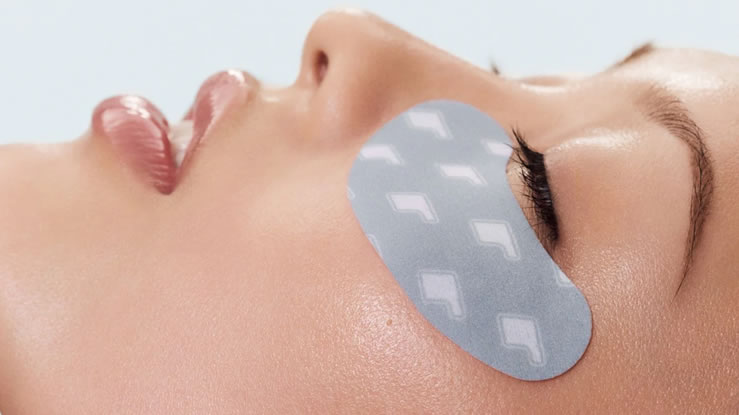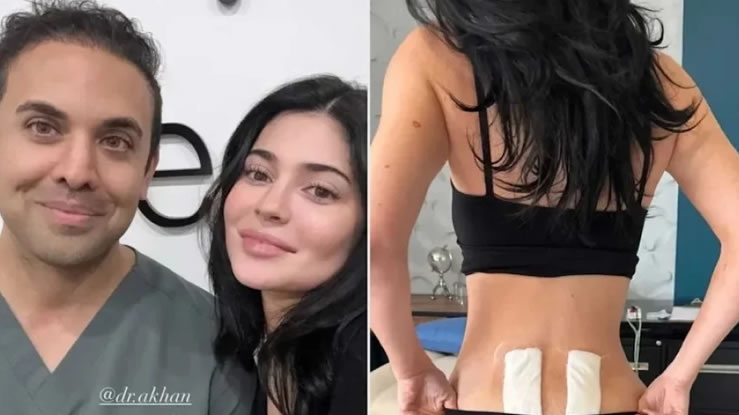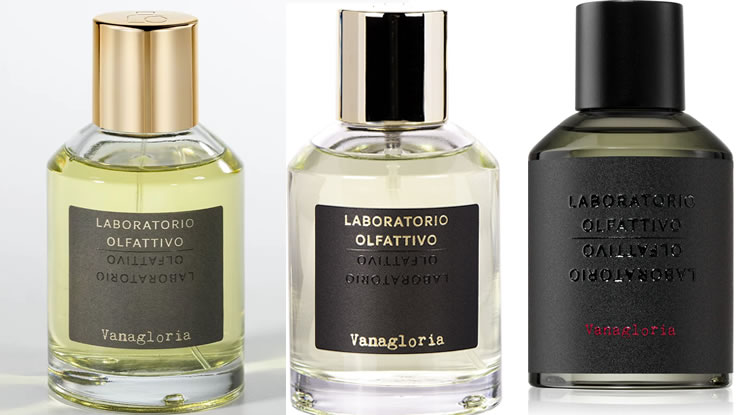Z-Plasty surgery is one of the most innovative and effective reconstructive techniques in modern plastic surgery. It is primarily used to improve the appearance and functionality of scars by reorienting them along the skin’s natural lines of tension. Whether the goal is to reduce a visible scar, restore movement restricted by skin contracture, or correct an unsightly previous incision, Z-Plasty offers a blend of aesthetic enhancement and functional improvement. This technique has been used for decades by surgeons around the world, evolving with time as newer surgical tools and refined methods became available. In today’s cosmetic and reconstructive medicine, Z-Plasty continues to stand out as a powerful solution for patients seeking both subtle and significant improvements in the look and feel of their skin.
Understanding Z-Plasty Surgery
Z-Plasty is a reconstructive surgical procedure designed to reposition and lengthen a scar or contracted area of skin. The name comes from the “Z” shape that surgeons create when making incisions around the existing scar. This geometric approach allows for the redistribution of tension along the skin and helps minimize the visibility of scars by aligning them with natural skin creases. In essence, the surgeon makes two triangular flaps of skin adjacent to the scar, forming a “Z.” These flaps are then transposed, meaning they are rearranged and sutured into a new configuration that changes the scar’s direction and reduces its tightness. Unlike traditional scar revision methods that merely cut and resuture the affected area, Z-Plasty works on reorientation and extension allowing the tissue to heal in a way that looks more natural and feels more comfortable.
When Is Z-Plasty Surgery Used?
Z-Plasty isn’t just about aesthetics. It’s a functional surgical solution used in various cases, including:
-
Scar contractures: Common after burns or trauma, where the skin tightens and limits movement.
-
Facial scars: Especially those crossing natural expression lines or distorting features.
-
Post-surgical scars: From operations like C-sections, joint surgeries, or orthopedic procedures.
-
Congenital deformities: Such as webbed fingers or neck contractures.
-
Keloid or hypertrophic scars: To redistribute tension and improve their appearance.
By changing the direction of the scar and releasing tension, Z-Plasty can restore motion and flexibility, especially in areas like the neck, elbows, or knees, where contractures can affect mobility.
The Surgical Procedure: Step-by-Step
While the exact technique may vary based on the scar’s size, location, and severity, the general Z-Plasty procedure follows these key steps:
-
Assessment and Planning – The surgeon evaluates the scar, noting its orientation, color, and depth. Then, precise markings are made in a “Z” pattern over the affected area.
-
Anesthesia – Depending on the extent of the procedure, local or general anesthesia is administered. Smaller scars usually require only local anesthesia.
-
Incision – The surgeon makes three incisions in the shape of a “Z.” Each arm of the Z is usually equal in length, with angles of around 60 degrees for optimal tension release.
-
Flap Creation and Transposition – The two triangular flaps are carefully lifted and swapped one moves upward while the other moves downward. This realignment changes the scar’s direction and lengthens the tissue.
-
Suturing and Closure – Once the flaps are repositioned, they are sutured delicately to ensure minimal scarring and natural healing.
-
Post-Surgical Dressing – A sterile dressing is applied, and the patient is given instructions on wound care and follow-up appointments.
Recovery After Z-Plasty
Recovery varies depending on the size and location of the surgery, but most patients experience minimal downtime. Common stages of healing include:
-
First week: Swelling, redness, and mild discomfort are common. Pain is manageable with prescribed medication.
-
Second to third week: Sutures are usually removed, and the scar begins to flatten and fade.
-
After one month: Most patients notice improved skin flexibility and reduced tightness.
-
After three to six months: The scar continues to mature, blending more naturally into surrounding skin.
Doctors typically advise avoiding strenuous activity during the first few weeks and protecting the scar from direct sunlight to prevent discoloration.
Benefits of Z-Plasty Surgery
The results of Z-Plasty extend beyond aesthetics. Some of the major benefits include:
-
Improved scar appearance — The reoriented scar looks more natural and is often less visible.
-
Restored movement — By releasing tension, Z-Plasty can improve mobility in previously tight areas.
-
Blending with skin lines — When placed along natural creases, the scar becomes harder to detect.
-
Long-lasting results — The effects of Z-Plasty can last for years, as the new scar direction reduces the risk of recontracture.
-
Customizable approach — The procedure can be adapted for scars of different shapes and sizes.
Potential Risks and Complications
As with any surgical procedure, Z-Plasty comes with potential risks, although they are relatively rare. These include:
-
Infection or delayed healing
-
Bleeding or hematoma
-
Flap necrosis (tissue death if blood supply is compromised)
-
Asymmetry or irregular scar shape
-
Recurrence of contracture in severe cases
However, when performed by an experienced plastic or reconstructive surgeon, the success rate of Z-Plasty is remarkably high.
Comparing Z-Plasty to Other Scar Revision Techniques
Z-Plasty is unique because it doesn’t just minimize a scar it changes its dynamics. Unlike laser therapy or dermabrasion, which focus on improving texture and color, Z-Plasty targets functionality and alignment. Other techniques like W-Plasty or skin grafting might be used for complex cases, but Z-Plasty remains the preferred method when the goal is to lengthen or reorient a scar naturally without adding foreign tissue.
Who Is a Good Candidate for Z-Plasty Surgery?
You may be a suitable candidate if you:
-
Have a noticeable or restrictive scar affecting your daily life or confidence.
-
Are in good general health with no major healing disorders.
-
Have realistic expectations about outcomes.
-
Have previously healed scars that are fully matured (usually 6–12 months old).
Surgeons often avoid performing Z-Plasty on fresh scars or keloids unless necessary, as they may respond better to other treatments.
The Cost of Z-Plasty Surgery
The cost of Z-Plasty varies widely depending on location, surgeon expertise, and the complexity of the case. In the United States, prices typically range from $1,000 to $5,000 per session, while in developing countries, the same procedure can cost significantly less around $400 to $1,500. Insurance may cover part of the cost if the surgery is done for medical reasons, such as restoring movement or function after trauma or burns. However, purely cosmetic cases are usually paid out-of-pocket.
Long-Term Results and Aftercare
Z-Plasty results are often permanent as long as proper aftercare is maintained. Doctors usually recommend regular use of silicone gels or scar-reducing creams, avoiding excessive sun exposure, gentle massage therapy to enhance healing, and follow-up visits every few months for assessment. Over time, the new scar becomes flatter, softer, and less noticeable, blending into the skin’s natural texture.
Emotional and Psychological Impact
Scars often carry emotional weight, especially when they serve as reminders of accidents, surgeries, or painful experiences. Z-Plasty not only transforms the skin but can also play a role in emotional healing. Patients often report improved confidence and comfort in social and professional settings after recovery. The combination of physical restoration and emotional empowerment makes Z-Plasty one of the most rewarding procedures in reconstructive surgery.
The Future of Z-Plasty
As technology advances, surgeons are integrating 3D imaging, robotic-assisted surgery, and regenerative medicine into Z-Plasty techniques. These innovations aim to make incisions even more precise, healing faster, and scars virtually invisible. Moreover, the combination of Z-Plasty with stem cell therapy and platelet-rich plasma (PRP) treatments may further enhance skin regeneration and minimize recovery time.
Z-Plasty surgery stands as a testament to how art and science merge in plastic surgery. It’s more than just a method to fix a scar it’s a creative reconstructive process that restores both form and function. Whether you’re dealing with burn scars, surgical scars, or contractures, Z-Plasty provides a pathway toward smoother skin, restored flexibility, and renewed self-confidence. With proper care, skilled execution, and realistic expectations, the results can be life-changing not just in how you look, but in how you feel about yourself.
